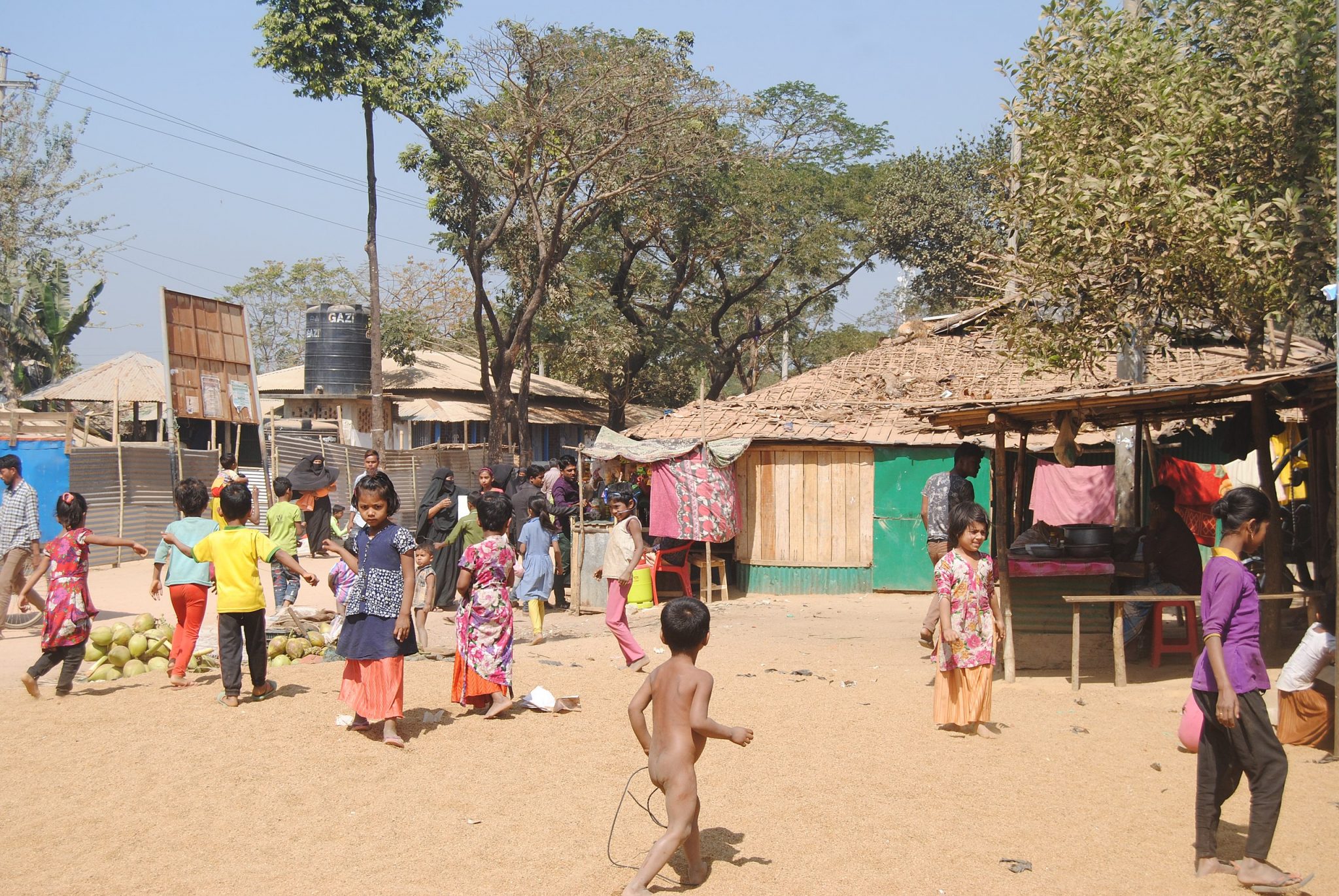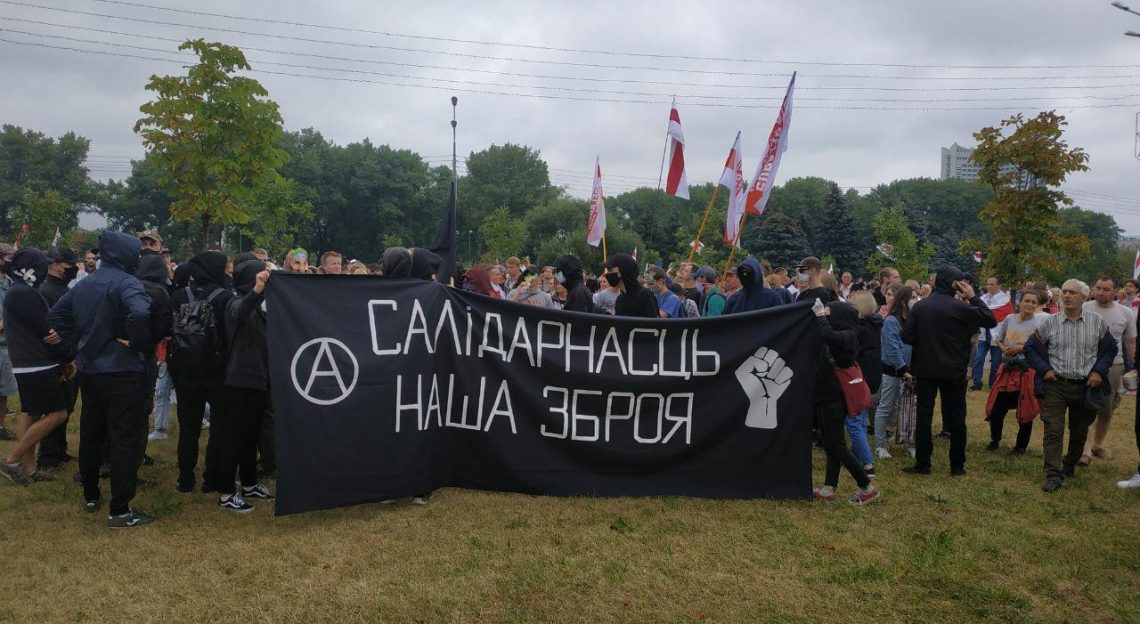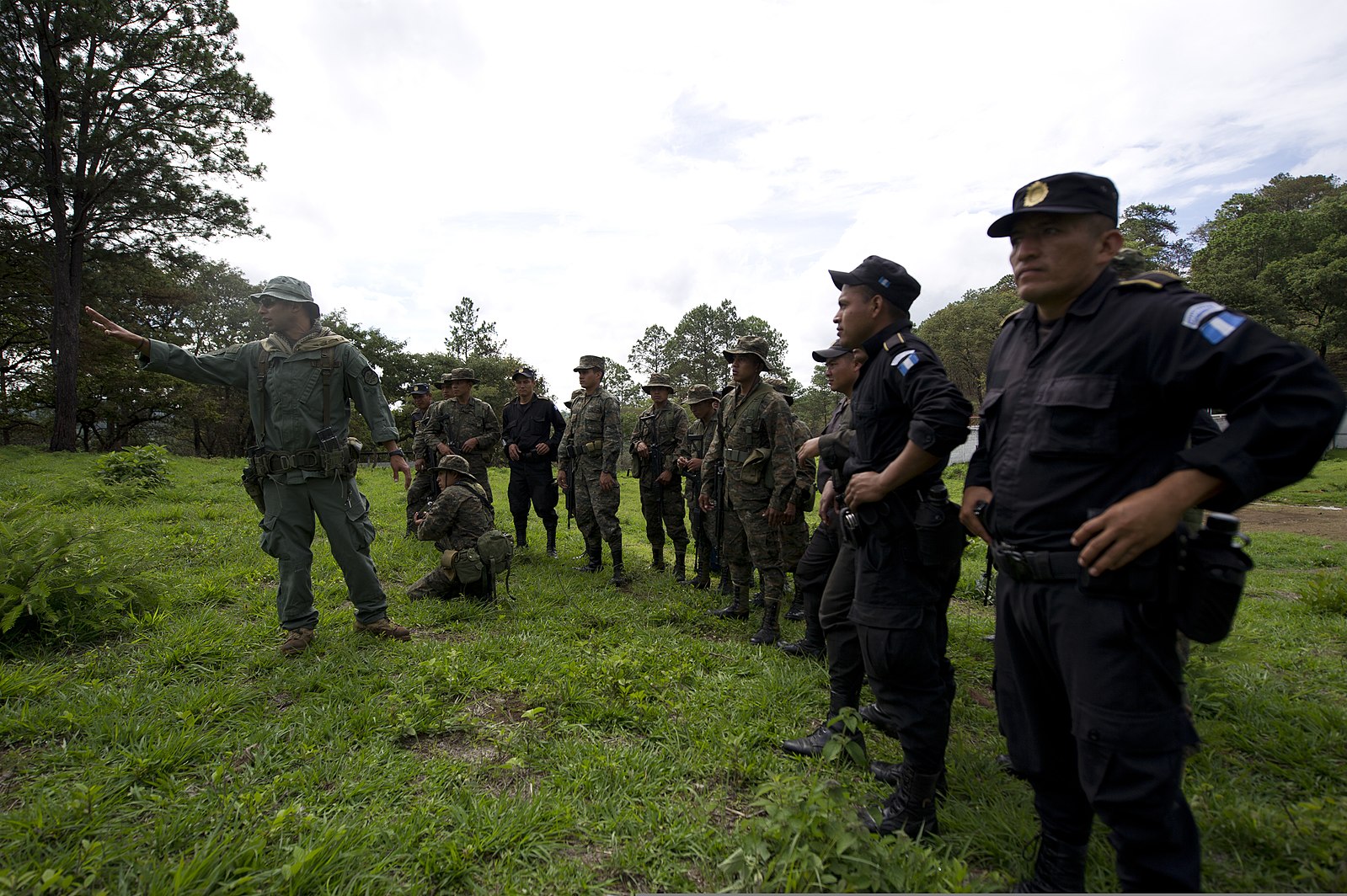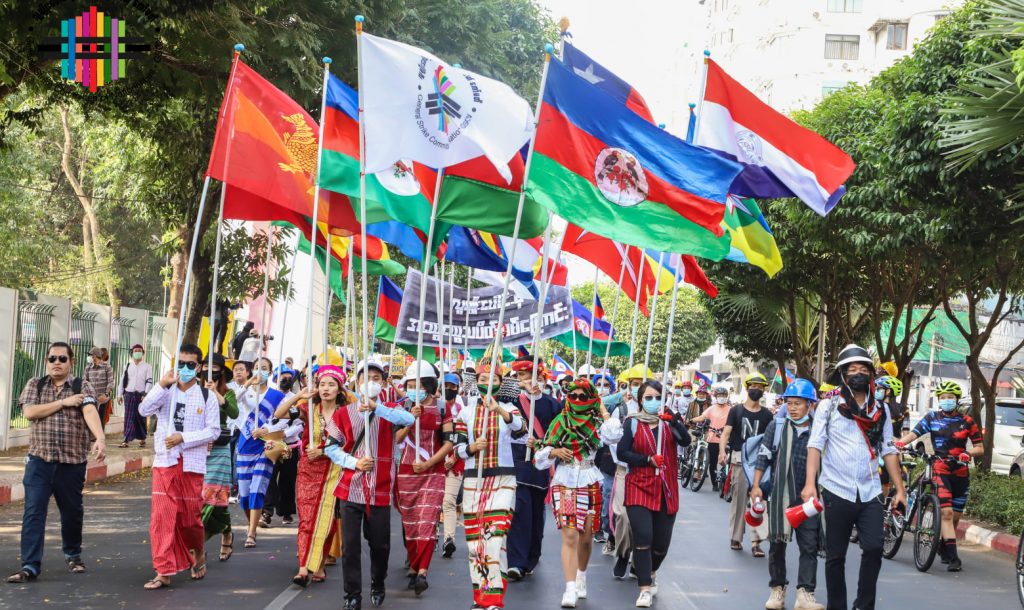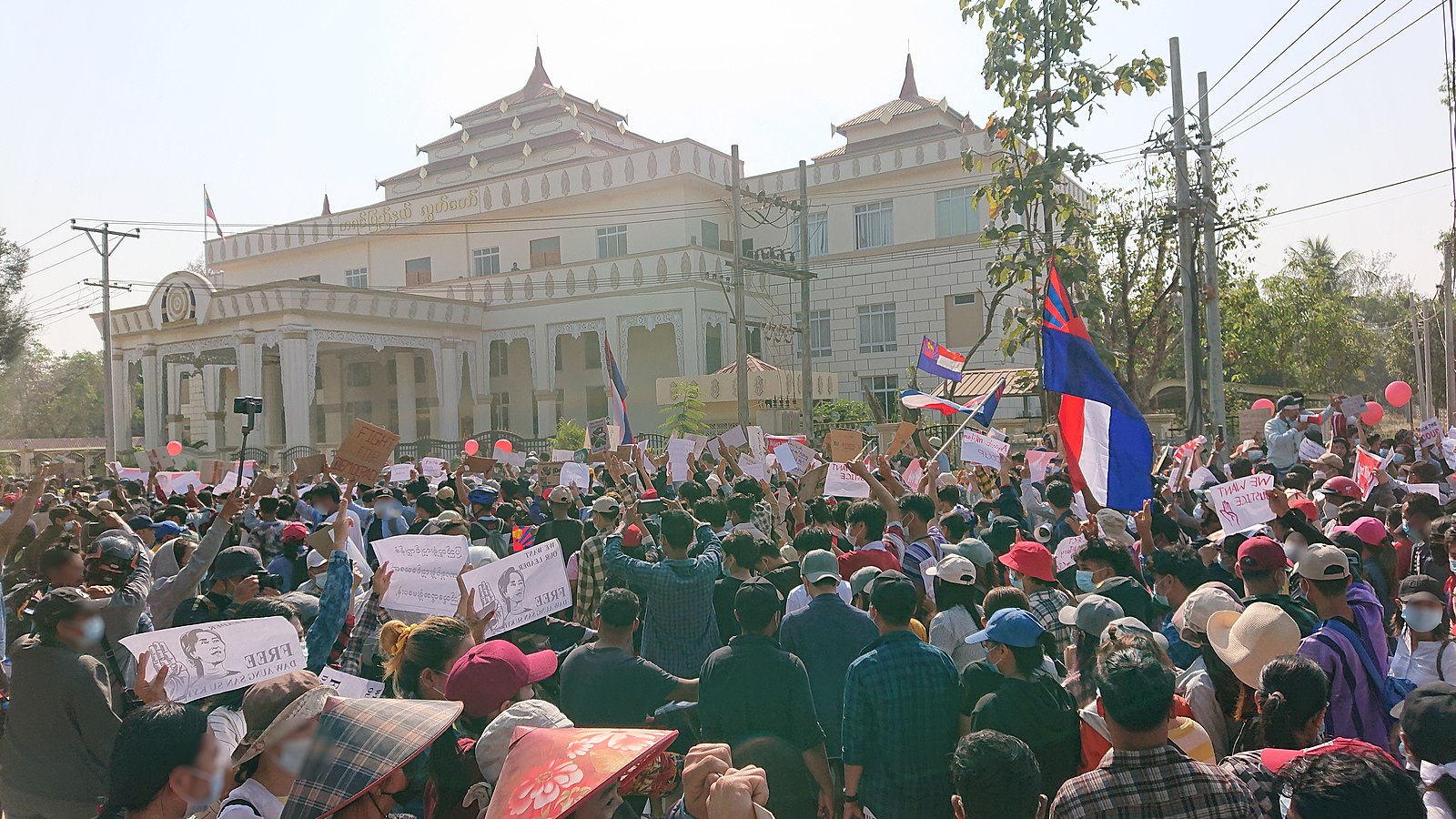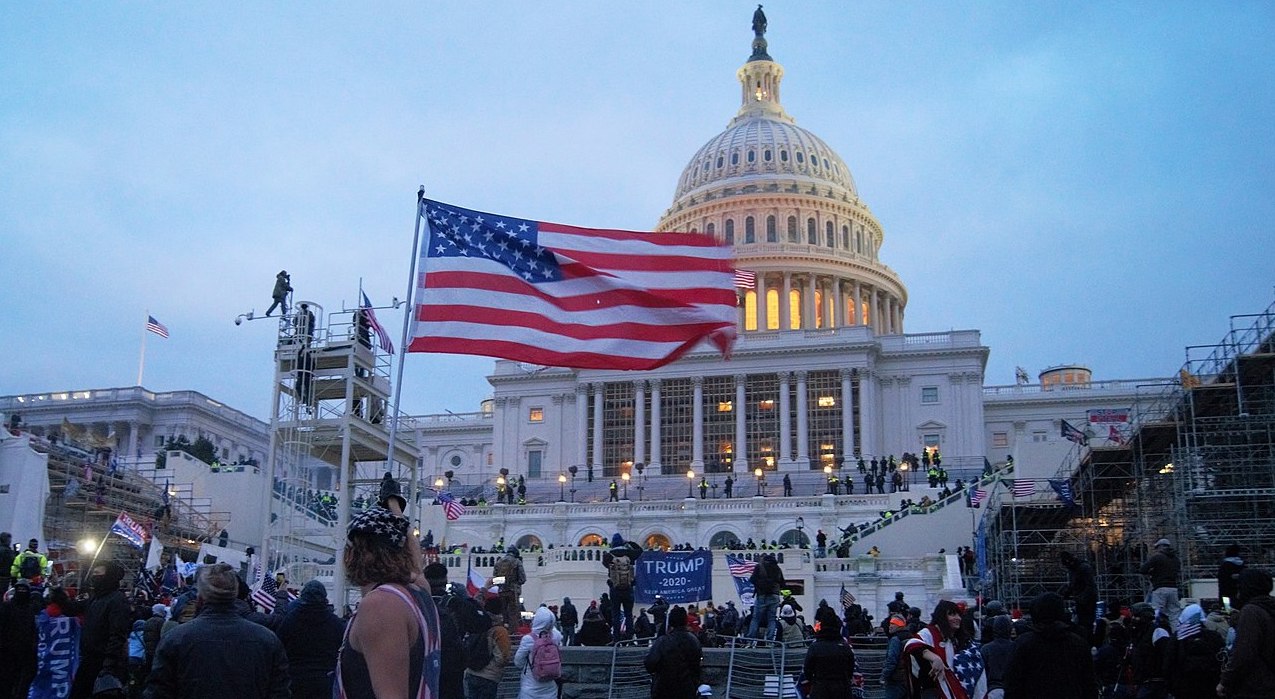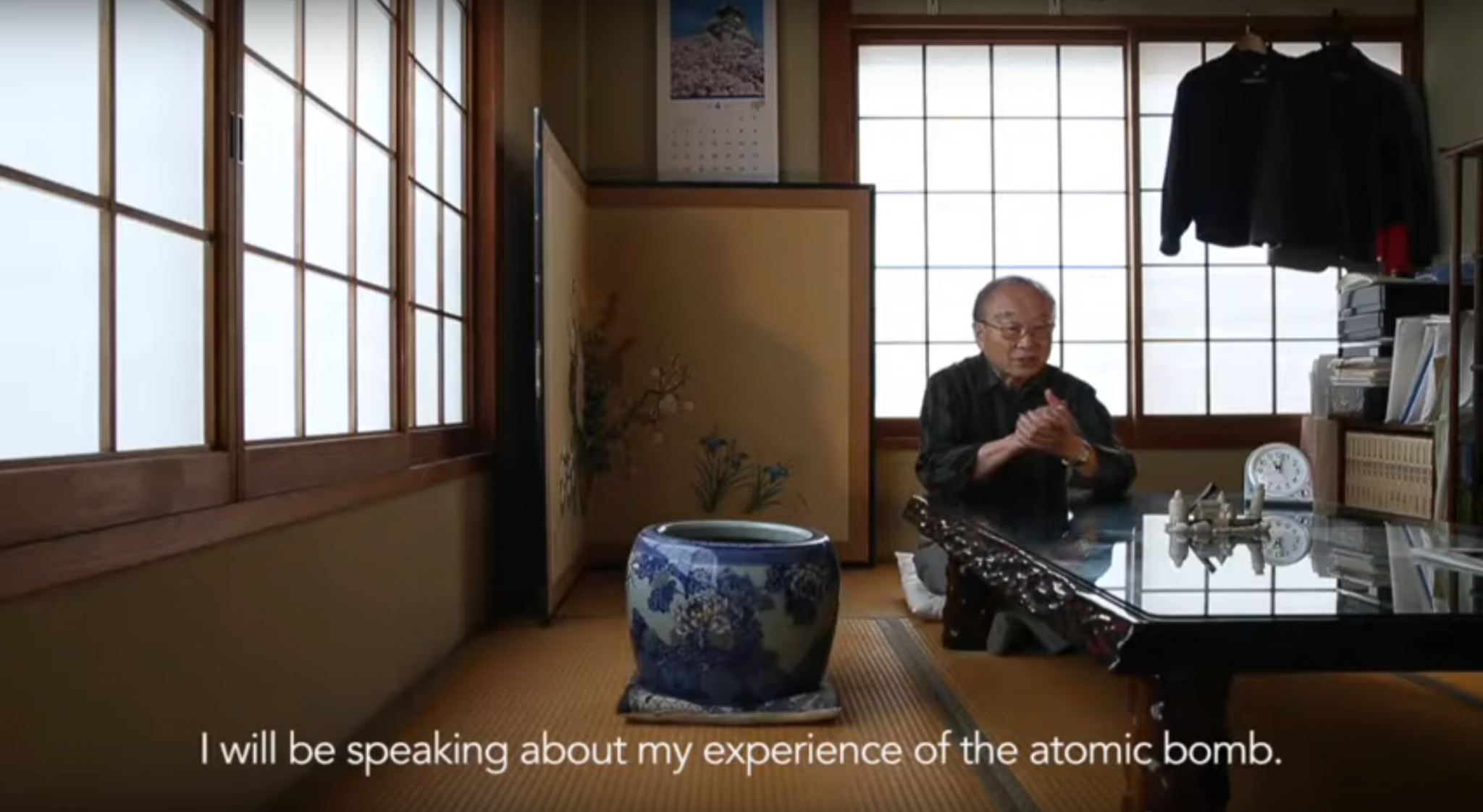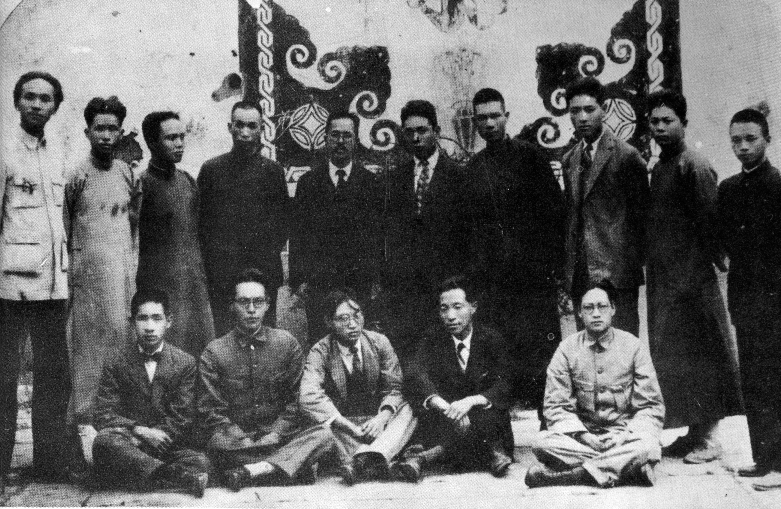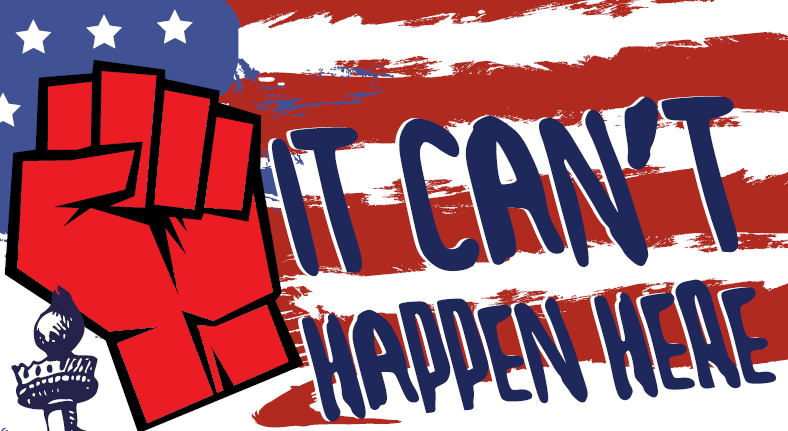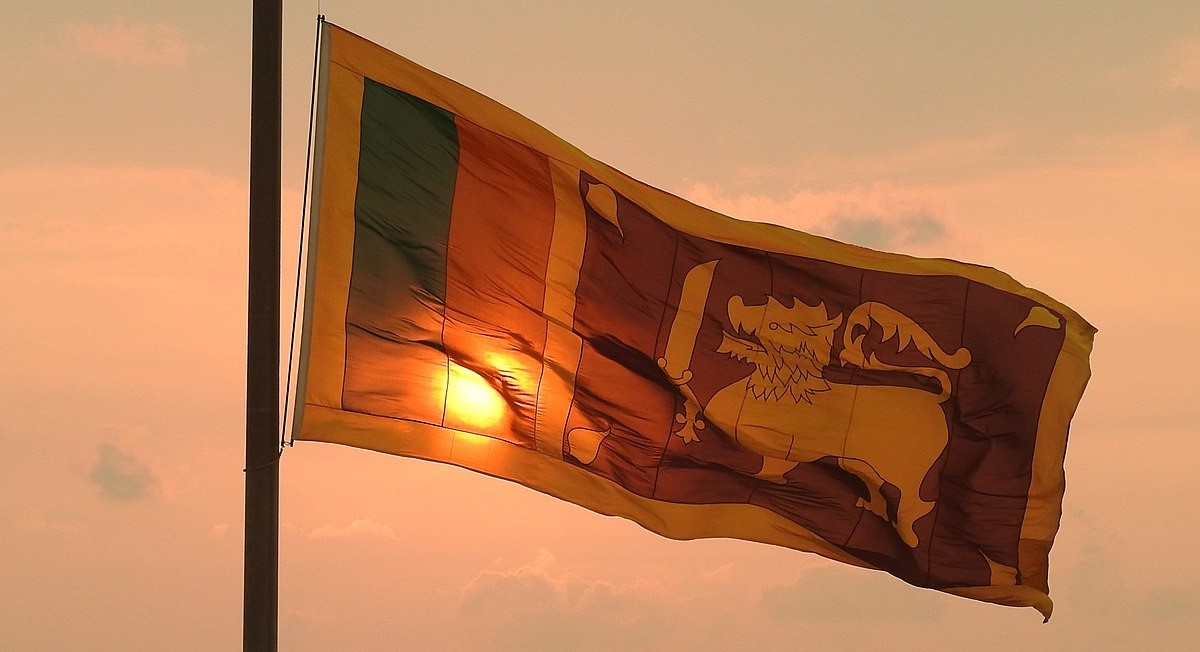
SRI LANKA’S ANIMAL EMBLEMS
Much controversy surrounds use of the flags associated with the Sri Lankan peoples, as they are loaded with ethnic symbolism in a country recovering from a generation-long civil war along ethno-nationalist lines. The flags of concern here all feature big cats as central to their designs—the Sinhalese identifying with the lion and the Tamils with the tiger. The lion adorns both the flag of the Sinhalese people as an ethnicity and the national flag of Sri Lanka. The tiger adorns both the flag of the Tamil people as an ethnicity and that of the Tamil Tiger rebels—which is officially outlawed. Yet neither of these animals can actually be found on the island of Sri Lanka. In a commentary for Jurist, legal scholars Samir Pasha and Naga Kandiah make the case for the indigenous Sri Lankan leopard as a new, neutral symbol for a unified post-civil war nation aspiring to ethnic co-existence and social justice.
Continue ReadingSRI LANKA’S ANIMAL EMBLEMS


